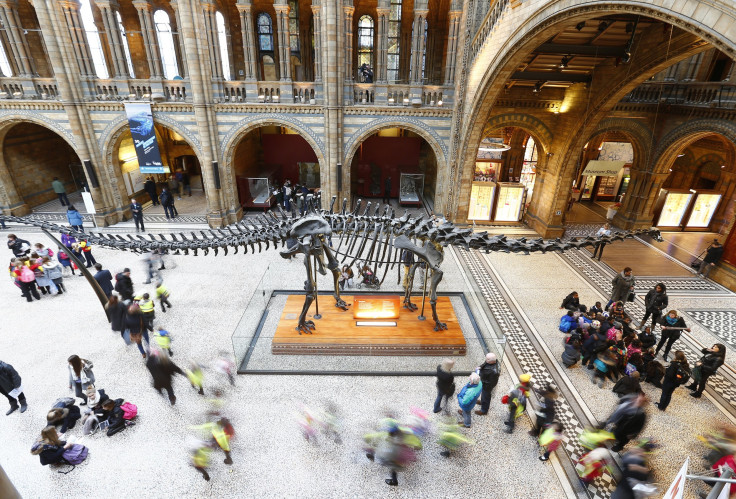Dinosaurs Got High On LSD-Like Fungus

Scientists have discovered a 100 million-year-old grass fossil preserved in amber that contains an ancient type of ergot, that parasite that is key to synthesiSing the hallucinogenic drug LSD. This discovery helps scientists to understand the timeline of grass development, which now forms the bases of the human food supply in such crops as corn, rice and wheat. It also shows that the fungus may have been around almost as long as the grasses themselves as both a toxin and a natural hallucinogen.
The scientists say that there is no doubt that sauropod dinosaurs ate this fungus, although it is difficult to say what effect it had on them. The grass was discovered in an amber mine in Myanmar. Amber is known to preserve fossils. The stuff oozes out of trees, slowly engulfing and solidifying every thing in its way as it turns into a semi precious material.
An expert on amber-based life forms, George Poinar Jr, says, it seems like ergot has been involved with animals and humans almost forever, and now we know that this fungus dates back to the earlier evolution of grasses. Ergot’s properties have been known for millennia. It is known both as a medicine and a toxin. Its hallucinogenic properties gained particular notoriety for association with the Salem witch trials, a series of prosecutions around 1600 in colonial Massachusetts brought on by psychological symptoms now associated with ergot poisoning.
Medical symptoms of ergot poisoning include irate behavior, sickness, pain, delirium and death. The parasite was also used to help women in labor. The form of the fungus found in the amber is not ergot, but a very similar form of the parasite. The fossil dates back to 97-110 million years, or the early Cretaceous, a period marked by the reign of dinosaurs when the earlier flowering plants had begun to appear along with the earliest mammals.
To contact the writer, email: sonali.raj@gmail.com





















